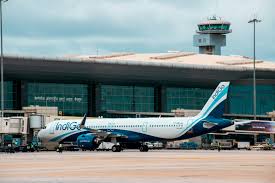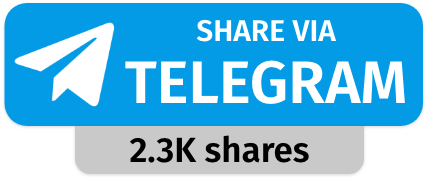Wet and Dry Lease of Aircrafts:

Wet and dry (aircraft sans crew) leases are increasingly being adopted by airlines in order to overcome the shortage of new aircraft globally that has grown acute since the pandemic because of supply chain challenges.
- In a wet lease, airlines acquire a fully operational aircraft along with a crew (pilots and cabin crew), maintenance personnel, and insurance (aircraft, crew, maintenance, and insurance).
- The lessee retains control over commercial operations (schedules, routes), while the lessor manages the operational aspects.
- This option is ideal for short-term exigencies such as seasonal spikes, route testing, or covering for grounded aircraft.
In a dry lease, the airline rents only the aircraft itself, without crew, maintenance, or insurance. - The lessee assumes full responsibility for these operational components, employing their own crews, arranging maintenance in accordance with DGCA (Directorate General of Civil Aviation) regulations, and obtaining appropriate insurance coverage.
- Dry leases are well-suited for long-term fleet expansion or modernization strategies.
- Aircraft leasing in India is governed by a robust legal framework, with the DGCA playing a pivotal role.
- Operations of an aircraft on wet lease are not encouraged by the DGCA, as the crew is often not approved by Indian authorities.
- The damp lease is a more limited variant of the wet lease.
- It is a leasing agreement under which an airline, the lessor, leases one of its aircraft, including flight crew and maintenance services, to another air operator.




